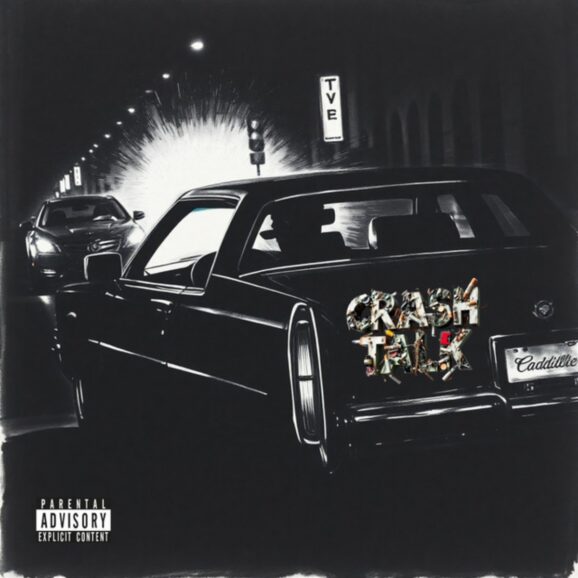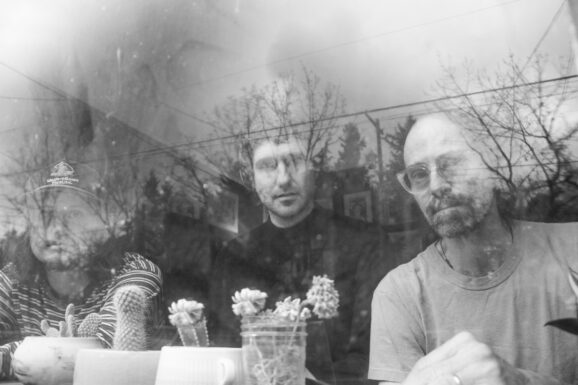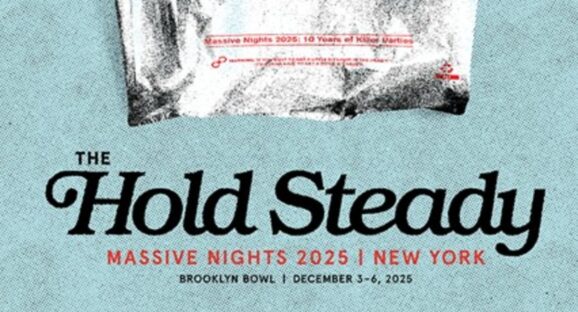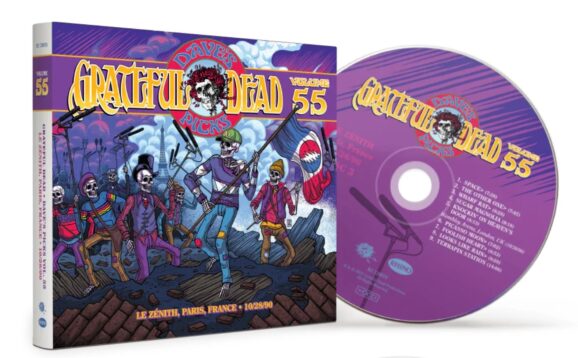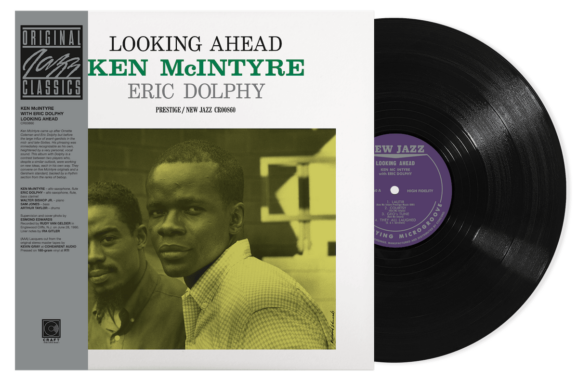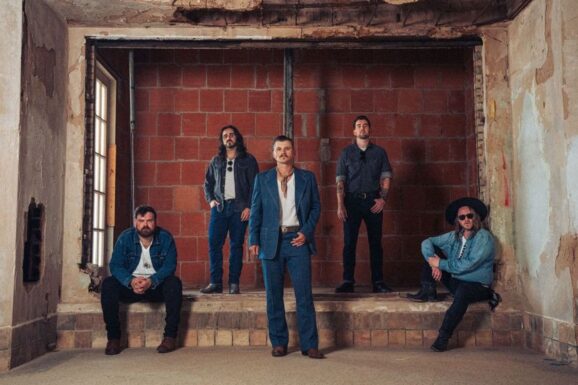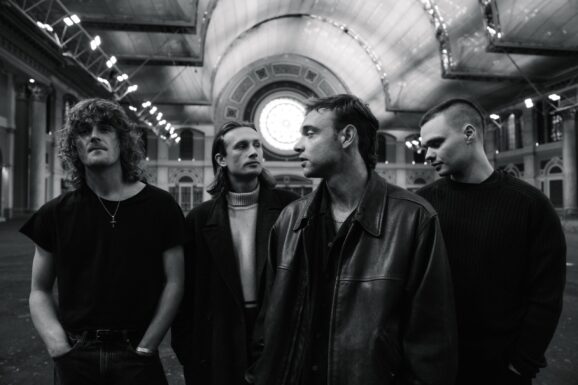At the dawn of the 1960s, the jazz world stood on the edge of bold transformation, and Looking Ahead is a snapshot of that moment, bristling with experimentation, yet grounded in the tradition both its leaders had mastered. Released on the New Jazz label, this collaboration pairs 24-year-old Ken McIntyre, fresh from the Boston Conservatory and full of academic rigor and creative promise, with the already ascendant Eric Dolphy, a whirlwind of invention known for his work with Chico Hamilton and, more recently, Charles Mingus. Looking Ahead plays out like a conversation between two woodwind virtuosos with wildly different trajectories. McIntyre (who plays alto sax, flute, and oboe) would eventually devote much of his life to jazz education, while Dolphy (heard here on alto sax, bass clarinet, and flute) would, in just a few short years, be canonized as one of the most forward-thinking voices in jazz before his untimely death. As part of the Craft Recordings – Original Jazz Classics series, Looking Ahead is being reissued on 180-gram vinyl from lacquers cut from the original stereo tapes (AAA) by Kevin Gray at Cohearent Audio.
The opener “Lautir” (which is “ritual” spelled backwards) immediately signals the album’s exploratory tone. It’s restless and a little jagged, with shifting rhythmic accents and uneasy counterpoint, yet there’s logic in the layering. McIntyre’s alto flits in and out of Dolphy’s phrasing, not so much harmonizing as countering. The push and pull between them gives the tune its edge, while pianist Walter Bishop Jr. adds percussive jabs that occasionally tether the free-floating horns to something more grounded. “Curtsy,” the second track, serves to lay out the album’s premise: modernist structure meets post-bop freedom. Dolphy’s bass clarinet is in top form here, bounding between rhythmic invention and bursts of lyrical beauty. McIntyre, for his part, seems emboldened by the challenge, answering Dolphy’s phrases with a tone that’s a bit more academic, but no less fiery.
McIntyre’s writing is on full display in pieces like “Geo’s Tune,” a tightly wound, rhythmically playful number where the horns dart in and out of each other’s lines, creating brief flashes of dissonance that resolve just as quickly. “Dianna” moves in a different direction altogether, its slower tempo giving the melody an almost meditative quality. Dolphy’s presence is felt throughout; he doesn’t overshadow the material but brings unexpected harmonic twists and sudden bursts of energy that keep the arrangements in motion. A cover of Gershwin’s “They All Laughed” is the lone standard, which the group approaches with brisk, no-nonsense swing. Rather than a showy reimagining, their version leans on tight ensemble work and crisp solos, with Dolphy’s alto pushing against the familiar changes while the rhythm section keeps a firm pulse.
Looking Ahead may not have the raw energy of Dolphy’s later solo records or the full breadth of McIntyre’s academic innovations, but it captures something rarer: two artists meeting at a creative crossroads. One is leaping forward into avant-garde jazz, the other is just beginning to map his path. The crystal clear sound from the remastering gives the listener a sense of eavesdropping on a conversation between two masters played out entirely on woodwinds.

